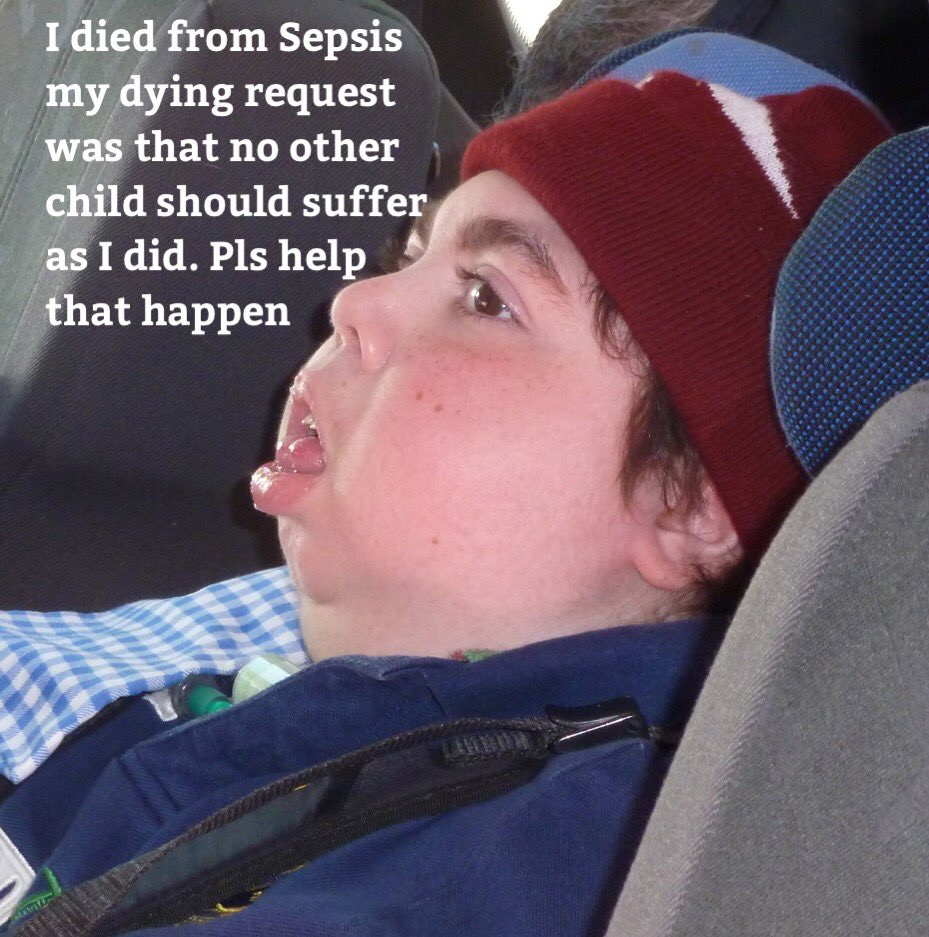A lot of these deaths can be avoided if we stop and treat Sepsis quickly.
Did you know that when IV antibiotics are administered to a septic patient within one hour, the mortality is reduced by half?
At the James Paget University Hospital we wanted to do something about it.
We wanted to improve our Sepsis outcome and make the hospital a safer place.
For that reason the trust initially completed an audit which provided a baseline result and enabled the team to reach a starting point for the improvement project by giving an indication of how well the trust was performing.
Following the analysis of the data, the next step was to speak to frontline staff.
An extensive process-mapping exercise was completed, looking at current processes to identify barriers and obstacles that were preventing the trust from achieving the highest standard.
For each barrier, the Transformation team supported by CCORT took a number of measures to help improve the results including:
• contacting Sepsis UK, the QSIR network and the Sepsis Forum to maximise opportunities for using the resources already available
• creating a tool to use in the trust with help from frontline staff
• designing a sticker for A&E notes, reminding staff to check for sepsis
• running short sepsis awareness sessions that fitted in around shifts to teach colleagues about sepsis
• setting up a sepsis group which runs across different wards to encourage shared ownership of treating sepsis
• empowering the CCORT and the Hospital at Night Practitioners to administer antibiotics by utilising a Patient Group Directive (PGD) - previously only doctors were allowed to prescribe the antibiotics so if the doctor was tied up with another sick patient there may have been delay in administering the antibiotics in a time-sensitive manner
• putting together a sepsis pack with resources and a step-by step guide that all staff can follow and placing these in designated sepsis drawers and sepsis bags
• creating a ‘sepsis recognition box’ at the back of every observation chart - re-designing the sepsis pathway (in line with the national guidance through the UK Sepsis Trust) to make it more clear what actions needed completing
• creating visual ’easy guide’ posters that were distributed across the hospital (for A&E departments and wards)
Our goal was to make it easy for staff to identify sepsis and clear what they should do afterwards. For that reason we introduced very simple changes and we avoided new paperwork for clinicians to fill in - in fact we removed some of the paperwork as a result of streamlining the pathway.
A key success was also creating a pathway where everyone felt involved. Everyone has a role to play preventing sepsis.
It is paramount to identify sepsis in its early stages and start treatment inside one hour to try to reduce mortality by half and also reduce complications and the impact this has on length of stay.
The new pathway is designed for anyone to understand; from porters to consultants.
So far the cost of the Sepsis QI programme has been minimal (less than £200) and the results are getting better and better.
What were the results? The percentage of inpatients receiving antibiotics within an hour rose from 58% to 71% and the percentage of A&E patients receiving antibiotics within an hour rose from 68% to 80%.
The number of reported incidents of sepsis has risen due to better knowledge and sepsis awareness amongst staff but the number of patients dying from sepsis has reduced which is a great result for patients and the trust.

